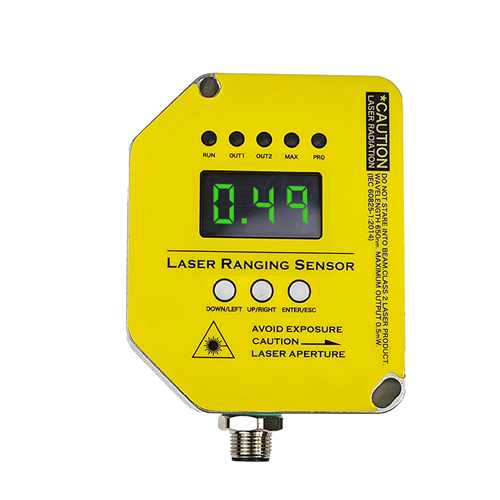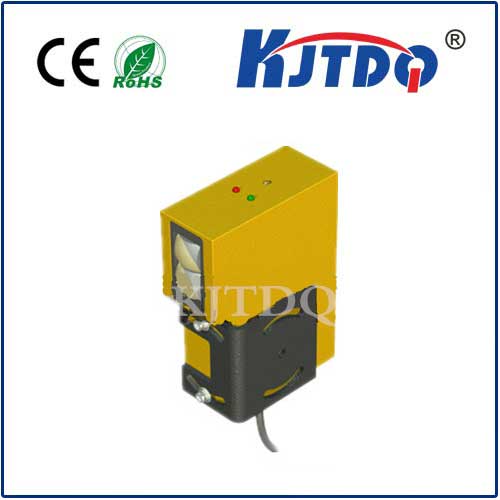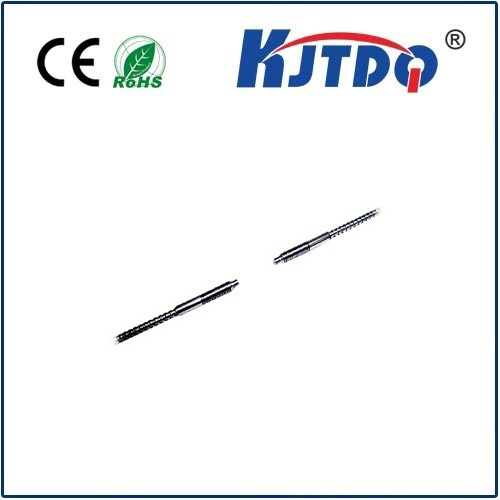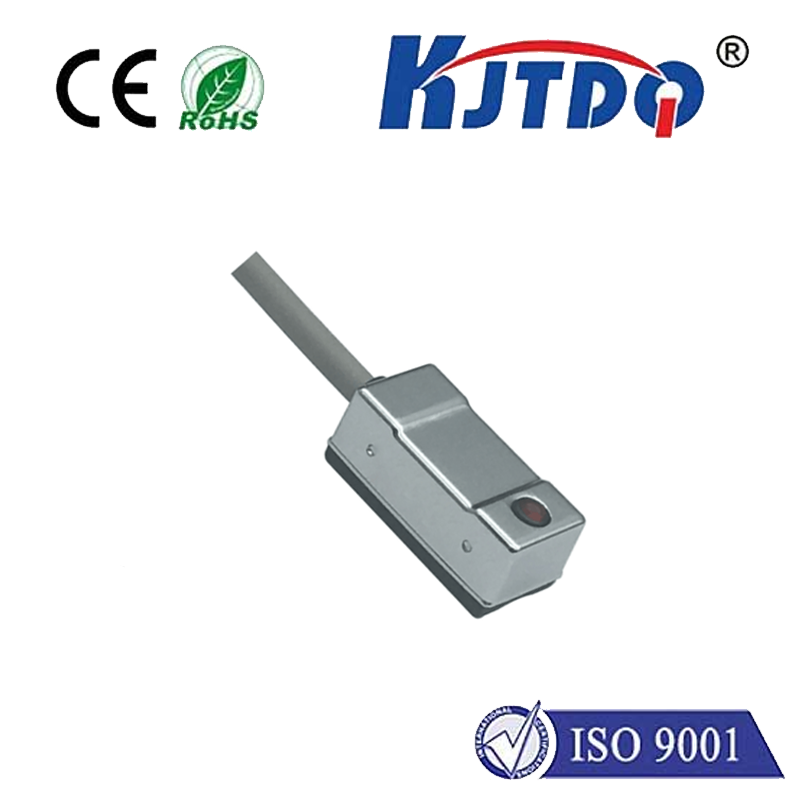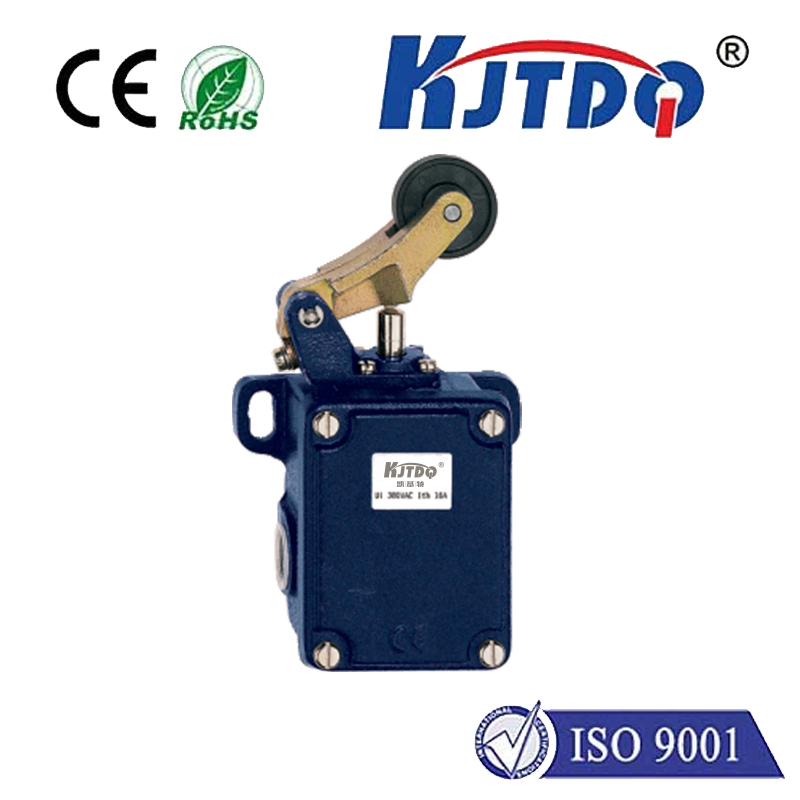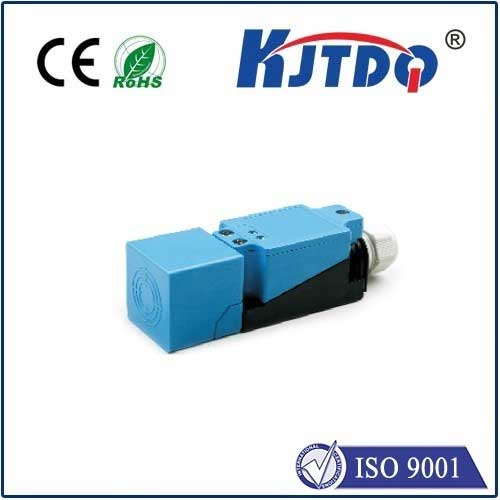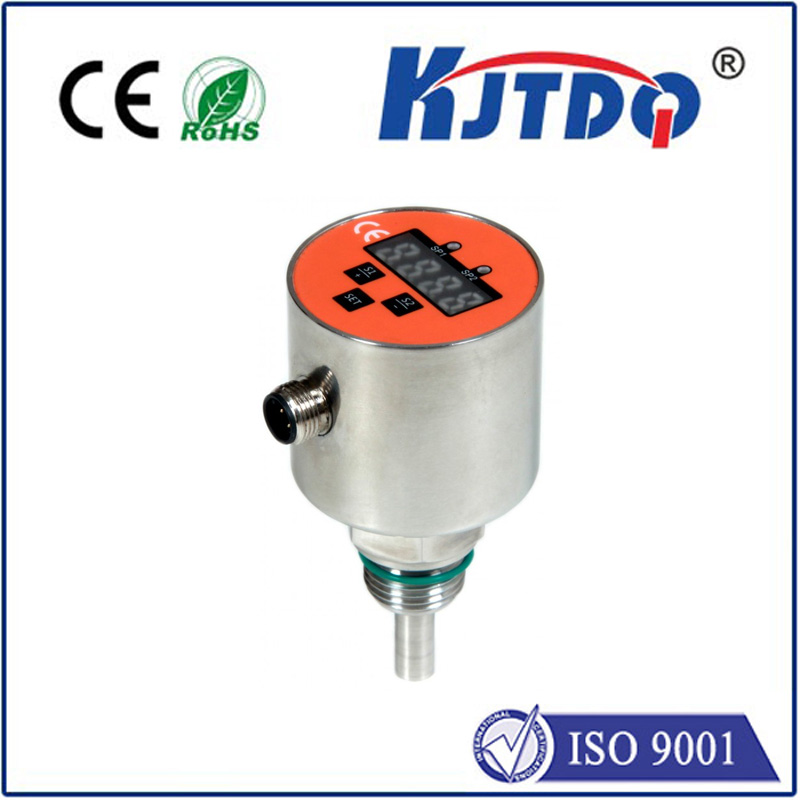magnetic limit switch sensor
- time:2025-09-12 04:08:36
- Click:0
Magnetic Limit Switch Sensors: Your Reliable Solution for Precise Position Detection
Imagine a machine needing to stop exactly at the right point, every single time. Or a safety gate that must confirm it’s securely closed before dangerous operations begin. How do you achieve this fundamental level of control and safety consistently, even in harsh environments? Enter the magnetic limit switch sensor – a robust, dependable, and surprisingly simple solution powering precision and security across countless applications.
What Exactly is a Magnetic Limit Switch Sensor?
At its heart, this industrial workhorse operates on a beautifully straightforward principle: magnetism. It consists of two core components:
- The Magnetic Actuator: This is typically a permanent magnet housed within a non-magnetic body (like plastic or stainless steel). It’s attached to the moving part of the machine or equipment – a door, slide, cylinder rod, or valve stem.
- The Reed Switch Sensor: This is the stationary sensing unit. Inside a sealed glass tube are two thin ferromagnetic reeds, positioned slightly apart. This switch assembly is fixed to the machine frame or a stable location corresponding to the desired detection point.
The Magic of Magnetic Actuation: How It Works
The genius lies in the interaction between these components without physical contact:

- Movement: As the machine operates, the magnet actuator moves with the target object.
- Proximity Trigger: When the magnet actuator comes within the specified sensing range of the reed switch sensor, its magnetic field permeates the glass tube.
- Reed Attraction: The magnetic field causes the ferromagnetic reeds inside the switch to become magnetized. Their opposite poles attract, pulling them together.
- Circuit Completion: The reeds touching closes an electrical circuit connected to the switch. This change in state (open to closed, or closed to open, depending on switch configuration – Normally Open (NO) or Normally Closed (NC)) signals the control system (like a PLC) that the actuator (and thus the moving part) has reached its designated position.
- Movement Away: As the magnet actuator moves away beyond the sensing range, the magnetic field strength drops below the threshold. The reeds lose their magnetism, spring back to their original position due to their inherent elasticity, and the circuit returns to its default state.
Key Characteristics and Advantages
Magnetic limit switch sensors offer a compelling set of features that make them indispensable:
- Non-Contact Sensing: The fundamental advantage. The actuator and switch never touch. This eliminates mechanical wear and tear, drastically extending the sensor’s operational life – often rated for millions or tens of millions of operations. It also avoids issues like contact bounce.
- Robustness and Reliability: The reed switch is sealed within a glass tube, making it immune to dust, dirt, moisture, oil, and many corrosive environments. This hermetic sealing is crucial for reliability in demanding industrial settings (IP67, IP69K ratings are common).
- Simple Installation & Operation: These sensors are typically very easy to mount and set up. Alignment is generally less critical than optical sensors (within the specified sensing range and positioning tolerance). No complex wiring or programming is usually needed beyond connecting the switch contacts.
- No Power Required (Switch Side): The reed switch itself is a passive device. It doesn’t require power to function; it’s actuated purely by the magnetic field. Power is only needed on the control side to detect the switch state change. This makes them inherently safe in specific contexts and reduces wiring complexity.
- Wide Sensing Range Flexibility: Depending on the magnet strength and switch sensitivity, sensing ranges can be selected from a few millimeters up to around 50mm or more.
- Speed Capability: They can detect very fast-moving objects due to the near-instantaneous response of the reeds.
- Cost-Effectiveness: Generally, they offer a very attractive price-to-performance and reliability ratio compared to many other position sensing technologies.
Diverse Applications: Where They Shine
The reliability and non-contact nature of magnetic limit switches make them ubiquitous across numerous sectors:
- Industrial Automation (& Machinery): Detecting cylinder end positions (pneumatic/hydraulic), confirming valve open/closed status, verifying workpiece presence/clamping in fixtures, monitoring slide/travel limits on conveyors or robots, confirming tool changer positions. Essential for basic position feedback and machine sequencing.
- Material Handling: Verifying the open/closed state of doors, hatches, and access panels on machinery, vehicles (like forklifts, AGVs), silos, and hoppers.
- Elevators & Escalators: Ensuring precise stopping positions at floors, detecting landing door closure securely for safety interlocks.
- Automotive: Used in production lines for position verification, in various vehicle subsystems (e.g., detecting convertible top position, sunroof limits, seat position).
- HVAC: Monitoring damper positions in ventilation systems.
- Security: Acting as concealed door/window contact sensors in alarm systems.
- Medical Equipment: Providing reliable position feedback in devices requiring clean, wear-free operation.
- Agricultural Machinery: Withstanding harsh outdoor environments on harvesters, planters, etc., for position detection.
Choosing the Right Sensor: Key Considerations
To leverage a magnetic limit switch effectively, ensure you select the right one for the job:
- Sensing Distance: Match the sensor’s specified range to the travel path of the actuator. Consider mounting tolerances.
- Operating Environment: Temperature extremes? Presence of dust, water, oil, chemicals? Vibration? Ensure the housing material and IP rating are suitable. Stainless steel housings are preferred for corrosive or washdown environments.
- Electrical Characteristics: Required switching voltage/current? AC or DC? Normally Open (NO), Normally Closed (NC), or Changeover (SPDT/Form C) contact configuration? Voltage/current ratings must match the control circuit.
- Installation: Consider physical size, mounting style (threaded barrel, flat mount, etc.), and the ease of attaching the actuator magnet to the moving part. Correct polarity alignment (if specified) is crucial for bidirectional sensing applications using specific switch types.
- Mechanical Load: While the switch itself isn’t contacted, ensure the housing can withstand any vibration or incidental impacts. Hermetically sealed reed switches ensure long-term internal integrity.
- Special Requirements: Need intrinsically safe (Ex) ratings for hazardous areas? High-pressure rating? Special approvals (UL, CSA, CE)? Magnetic limit switches are available in versions meeting these stringent requirements.
Why Choose Magnetic Over Other Options?
While photoelectric (optical), inductive, and capacitive sensors also detect position, magnetic proximity sensors hold distinct advantages in specific scenarios:
- Vs. Mechanical Switches: Eliminates contact wear, far longer life, immune to vibration effects on contacts.
- Vs. Optical Sensors: Much more immune to dirt, dust, fog, and lighting interference. Ideal in oily or grimy environments. Often physically more robust.
- Vs. Inductive Sensors: Can detect non-metallic objects (as long as the actuator magnet is metallic or attached to one), typically offers a longer sensing range for similar-sized sensors. Simpler setup.
- Vs. Capacitive Sensors: Less susceptible to environmental changes (humidity, material buildup), simpler operation.
Conclusion: The Unsung Hero of Automation
The magnetic limit switch sensor, with its elegant simplicity, robust construction, and proven reliability, remains a cornerstone technology for position feedback and safety interlocks. Its non-contact operation grants it exceptional longevity, while its sealed design allows it to thrive






